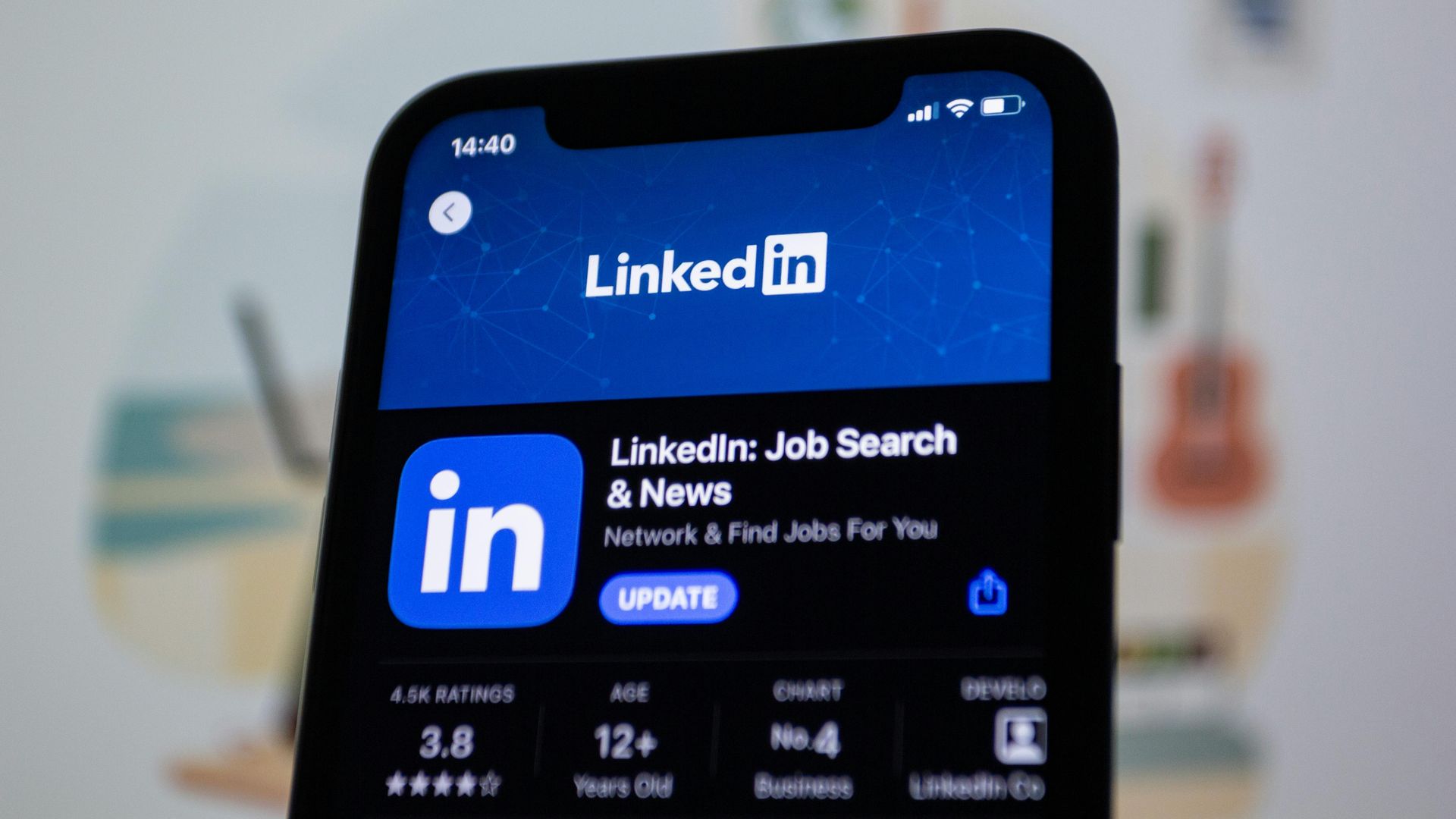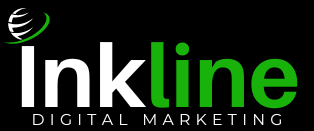The Tech Stack Mistake Costing You Millions
Your product might be brilliant, but no one cares if they never find it.
While you obsess over your product's technology, your competitors are perfecting something far more valuable. They're building acquisition machines that consistently deliver new customers to their doorstep.
This isn't a minor strategic difference. It's the dividing line between companies that scale and those that stagnate.
The Uncomfortable Truth About Tech Investment
Engineers love building products. Founders love talking about products. Investors love hearing about product innovation.
But customers? They don't care about your elegant code architecture or your microservices. They care about solving their problems.
And before they can solve their problems with your solution, they need to find you.
That's where most companies get their priorities backward. They invest millions in product development while treating customer acquisition technology as an afterthought.
Your marketing technology stack determines the long-term success of your engagement and retention efforts. Get it right and you deliver the personalized, data-driven experiences that keep customers coming back. Get it wrong, and watch them drift away.
The math is simple but brutal.
Why Acquisition Tech Delivers Superior ROI
Let's talk numbers.
A 10% improvement in your product might increase retention by a few percentage points. A 10% improvement in your acquisition technology can double your customer base.
Which moves the revenue needle more?
The answer becomes even clearer when you consider the current market reality. Customer acquisition costs have been steadily climbing, with no signs of reversing.
In fact, acquisition costs are continuing to rise in 2025, pushing many small and medium-sized companies toward unprofitability. This isn't a temporary blip. It's a fundamental shift in the digital marketplace.
Your response to this shift determines your company's future.
The Four Pillars of Effective Acquisition Technology
What separates companies with powerful acquisition tech stacks from those throwing money into digital black holes? Four critical elements:
1. Integration & Interoperability
Siloed tools create siloed results. Your acquisition tech stack must function as a unified system, not a collection of disconnected parts.
When your CRM doesn't talk to your email platform, which doesn't connect to your advertising tools, you're not just losing efficiency. You're losing customers.
The most effective acquisition stacks create seamless data flows between tools. Every customer interaction enriches your understanding, regardless of where it happens.
2. Scalability Without Complexity
Many acquisition systems work beautifully at small scale but collapse under their own weight as companies grow.
Your tech stack should handle 10x growth without requiring 10x resources to manage it. This means automation, templates, and systems that expand without breaking.
Scalability isn't just about handling more volume. It's about maintaining effectiveness as you grow.
3. Actionable Intelligence
Data without insights is just noise. Your acquisition tech should transform raw information into clear direction.
According to recent studies, 57% of marketers don't feel adequately equipped to get the most out of their campaign data. This represents a massive opportunity gap.
The companies winning the acquisition game have systems that automatically surface opportunities, identify problems, and suggest optimizations.
4. Adaptability
Remember when Facebook was the perfect acquisition channel? Then Instagram? Then TikTok?
Channels rise and fall. Customer behaviors evolve. Privacy regulations tighten. Your acquisition tech stack must adapt quickly to these shifts without requiring complete rebuilds.
This means modular architecture, API-first tools, and systems designed for change rather than stability.
The Hidden Costs of Acquisition Tech Neglect
The price of underinvesting in acquisition technology goes beyond missed growth opportunities. It creates compounding problems:
Rising cost per acquisition. Without sophisticated targeting and optimization, you pay premium prices for average results.
Data degradation. Poor systems create incomplete customer profiles, leading to misguided marketing decisions.
Competitive vulnerability. While you're flying blind, competitors with better acquisition tech are learning faster and adapting quicker.
Strategic limitation. Without reliable customer acquisition systems, you become hesitant to make bold moves, even when markets demand them.
These costs rarely appear as line items on financial statements, but they're silently draining your company's potential.
The AI Acceleration Factor
We're witnessing a fundamental shift in what's possible with acquisition technology. Artificial intelligence isn't just enhancing existing systems—it's redefining them.
AI is revolutionizing marketing technology through three primary mechanisms:
Predictive Analytics that analyze trends and customer behaviors, enabling more effective targeting and dramatically improved ROI.
Content Automation that frees marketers from production tasks to focus on strategy and creativity.
Personalization at Scale that delivers individually tailored experiences without manual intervention.
Companies integrating AI into their acquisition stacks aren't just gaining incremental advantages. They're creating fundamental competitive moats that will be increasingly difficult to overcome.
The gap between AI-powered acquisition systems and traditional approaches is widening daily.
Rebuilding Your Tech Stack Priorities
If you've recognized the imbalance in your technology investments, how do you correct course?
Start with an honest assessment. Map your current acquisition technology against the four pillars mentioned earlier. Where are the gaps? Which systems are underperforming? What data are you missing?
Then, prioritize based on impact potential rather than implementation ease. The most valuable improvements often require significant changes, but they deliver proportional results.
Consider these specific actions:
Audit your customer journey from first touch to purchase. Identify where technology gaps are creating friction or missing opportunities.
Calculate the true cost of customer acquisition across channels, including the hidden costs of manual processes and lost opportunities.
Evaluate your data infrastructure. Is customer information flowing seamlessly between systems, or trapped in departmental silos?
Assess your measurement capabilities. Can you accurately attribute value to different acquisition channels and tactics?
The goal isn't building the most sophisticated acquisition tech stack possible. It's building the right stack for your specific business model and growth objectives.
The Integration Imperative
Perhaps the most critical element of effective acquisition technology is integration. Disconnected tools create disconnected experiences.
Your customers don't see channels. They see your brand. When your email system doesn't know what they did on your website, which doesn't know what they saw in your ads, the experience feels disjointed and impersonal.
Integration isn't just a technical challenge. It's a strategic imperative.
When your tech stack is streamlined, your team becomes more productive, your marketing and sales pipelines amplify each other, and your overall business results improve dramatically.
This integration extends beyond marketing tools. Your acquisition technology should connect seamlessly with your product, customer service, and analytics systems.
The most powerful acquisition engines don't just find customers—they deliver them directly into personalized experiences that convert and retain.
The Future Belongs to Acquisition-First Companies
As markets mature and competition intensifies, product differentiation becomes increasingly difficult and expensive. Meanwhile, customer acquisition advantages compound over time.
Companies that master acquisition technology build databases of customer behavior, preferences, and patterns. These datasets become proprietary advantages that competitors can't easily replicate.
They develop institutional knowledge about which messages resonate, which channels perform, and which customer segments convert. This knowledge translates into lower acquisition costs and higher conversion rates.
They create automated systems that continuously optimize, freeing human creativity for breakthrough thinking rather than routine maintenance.
In short, they build acquisition moats that grow deeper and wider with each customer interaction.
Rebalancing Your Technology Investment
None of this means you should neglect your product technology. A great acquisition system delivering customers to a poor product is ultimately self-defeating.
The point is balance. Most companies dramatically overinvest in product technology while underinvesting in acquisition technology.
Correcting this imbalance often feels uncomfortable. It means shifting resources from areas that feel central to your identity toward areas that seem peripheral.
It means challenging the assumption that better products automatically create better businesses.
It means recognizing that in a world of abundant options, being found matters as much as being good.
The companies that thrive in the coming decade won't necessarily have the best products. They'll have the best systems for connecting their products with the people who need them.
Your most valuable technology isn't what you sell. It's what sells you.











